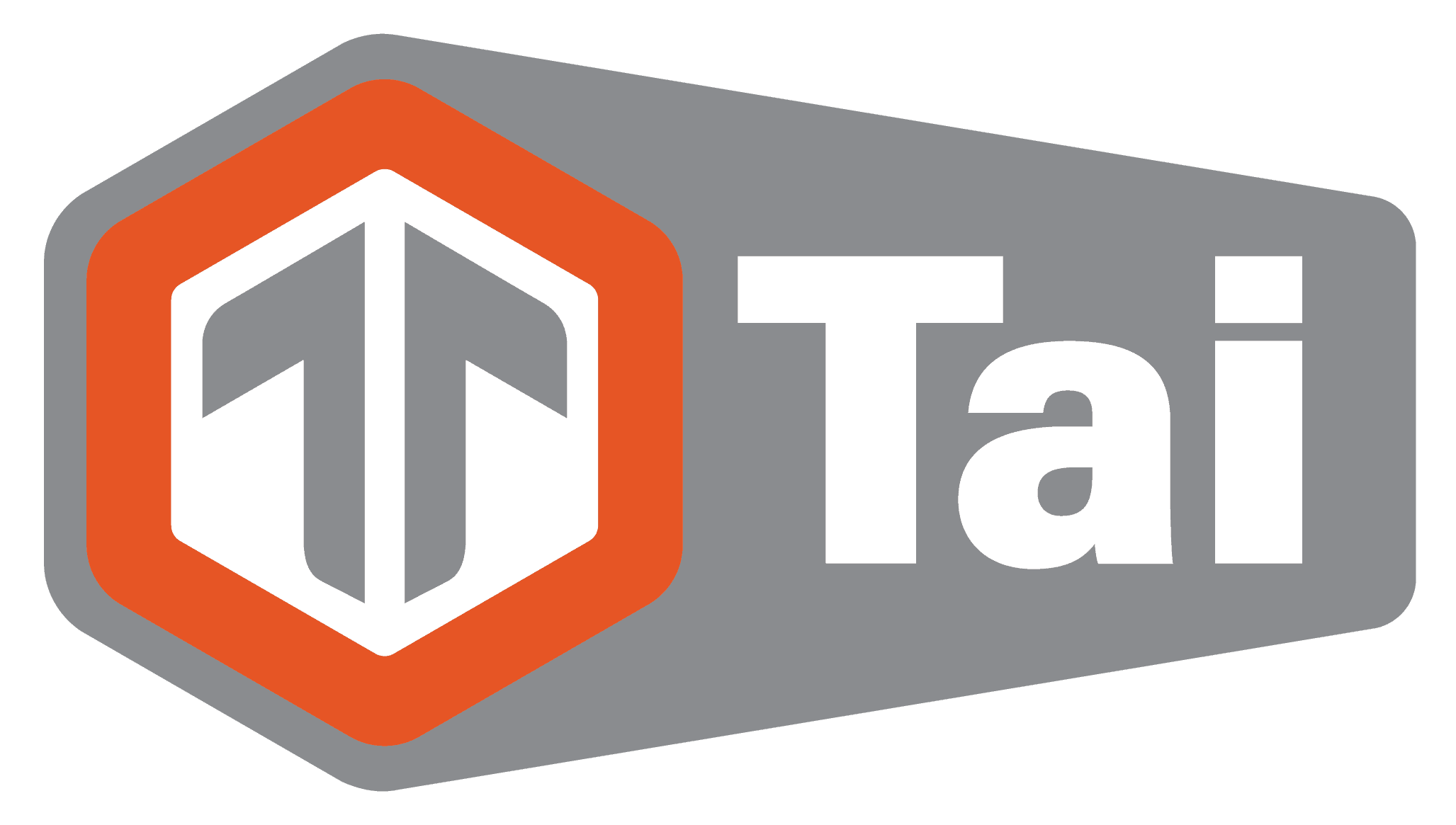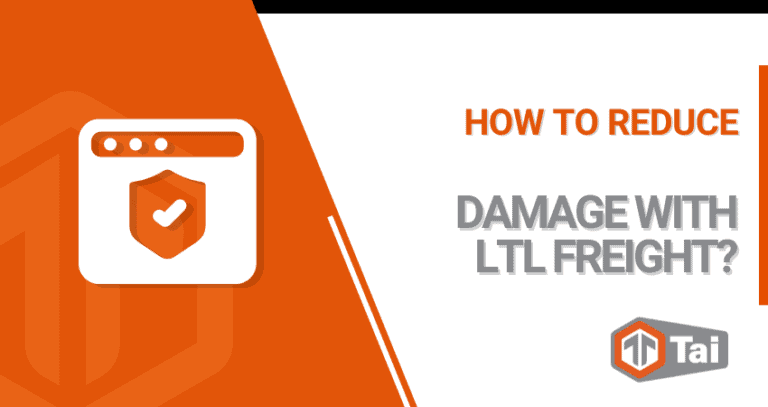Compared to the other means of transporting goods, the benefits of LTL shipping cannot be understated. For starters, Less-than-Truckload (LTL) freight costs less to transport than its Full-Truckload (FTL) counterpart. Also, LTL offers multiple service options that may not be available with some other shipping methods. These may include services like a lift gate, notifications before delivery, inside pickup and delivery, special handling, freeze protection, and more.
Likewise, LTL shipping is also easy to track, which significantly simplifies the planning for the receipt of shipments, manufacturing workflows, or inventory levels. Many LTL carriers provide real-time tracking in the form of in-transit shipment updates for pickups, stop-offs, delays, on-time status, and deliveries. LTL shipments are tracked using a PRO number, bill of lading, PO number, shipment reference number, or pickup date range. This data helps shippers and freight brokers know where their shipments are at all times holds the carriers accountable for guaranteed delivery dates.
That said, there are a few drawbacks to LTL freight when compared to FTL. By its very nature, LTL freight is more exposed to damage and loss than FTL. Below, we’ll be taking a closer look at this situation and how to improve it.
The Problem With OS&D Claims
As mentioned, LTL shipments are more susceptible than FTL to damage, loss, and shortages. These are known in the transportation industry as Over Short & Damage (OS&D). These three criteria can be described as such:
- Overage – The quantity of goods received is more than what’s noted on the shipping documentation.
- Shortage – There are fewer goods received than what’s reported in the bill of lading.
- Damaged – The product(s) received were damaged. This can be either obvious or concealed. “Concealed,” in this context, refers to part or the entire shipment that was not visible during the shipment inspection during the receiving process.
Unsurprisingly, OS&D claims can often drive unexpected costs, delays, additional effort, and upset customers. OS&D often leads to arguments back-and-forth between shippers, brokers, and LTL service providers.
Understanding the LTL Hub-and-Spoke Network Model
For freight brokers and shippers to minimize the risk of OS&D, they need to get a complete understanding of the LTL hub-and-spoke operational model. This network model is the most commonly used among the largest and most successful LTL freight carriers. At its core, the hub-and-spoke is about density and LTL consolidation. To achieve that goal, LTL carriers build line hauls at their transloading facilities by combining different shipments from multiple shippers in the same region. Afterward, the trucks are sent to similar destination points. This network model drives efficiency within the LTL line haul segment.
The common alternative to the hub-and-spoke network, which is usually used for FTL shipping, is the point-to-point network system. Only a few, if any, stops are in between the pickup and final delivery in this model. That also implies that each freight piece, under the point-to-point model, would travel individually across the country.
The hub-and-spoke model is preferred in LTL freight because the carrier can pool loads together at the cross-dock (hub) and send it in one trailer to the next cross-dock hub. At the destination hub, the different LTL pallets are delivered out to their end customers. In other words, they can achieve the desired density to fill out a total line-haul across the country. However, carriers may not always be able to achieve this desired density. In this case, they plan out the freight to cross-dock across multiple hubs along the way. In doing so, it will gain the density needed to move the cargo as economically as possible.
This freight density requirement is why the LTL freight market continues to see an increasing number of mergers and acquisitions while also not experiencing new entrants into the LTL carrier market. While the hub-and-spoke model is indeed efficient and effective, it does come with its drawbacks. It has more frequent stops and an increased chance of freight being damaged while it’s handled at these cross-docking hubs.
Below, we’ll be looking into several ways of shipping LTL freight successfully without increasing the risk of damage.
Freight Travels Differently Than When It’s Loaded at the Origin Dock
In a hub-and-spoke model, LTL freight will never travel through its entire journey in the same position that it was loaded at the origin dock. At the bare minimum, the shipment would be touched at least twice — at the LTL carrier’s origin and destination hubs. Freight enters multiple hubs and is repositioned in multiple trailers which can lead to freight damage. Pallets that are put on top will not always remain on top, nor will the pallets that are around the freight remain intact throughout the entirety of the journey.
Pallet Quality and Size
When it comes to shipping, pallets have two main purposes. They provide ease of conveyance and protection to the freight placed on them. That said, pallet quality and size play a crucial role in LTL shipping. With less than truckload freight being touched at least twice while in transit, shippers need pallets capable of withstanding this handling while being cross-docked at the transfer hubs.
It’s also important that the pallet size directly relates to the packaging and products placed on it. If the contents go beyond the pallet’s dimensions, the product will start rubbing against other pallets in the trailers as they shift in transit. Depending on the total distance of the shipment, this constant rubbing can lead to product damage. By keeping the pallet’s contents slightly under the pallet’s footprint, the pallets will press against each other instead of the products themselves. That said, the pallet should not be too large either as the product cannot be securely stretch-wrapped for secure transit.
Stretch-Wrapping
Stretch wrapping plays several vital functions in LTL freight shipping:
- It holds the contents of the shipment firmly in place.
- It affixes the entire load on the skid to the skid itself.
- It can be used to hide the contents of the product on the skid.
The stretch-wrapping needs to go around the bottom of the pallet and the first layer of contents, at least a couple of times. This will provide security on the skid. If this is not done correctly the entire cube of product can slide around on the pallet in transit.
Once the bottom layer of the product has been secured onto the pallet, the wrapping should gradually move up to the top layer of the pallet contents. The top layer should have at least two minimum wraps to go over the top boxes to ensure a tight fit. While it may seem somewhat benign, stretch wrapping can prevent many OS&D claims over the long term.
Product Packaging
With the rise of eCommerce, online retailers have come to realize the importance of the integrity of their product’s packaging as a means of ensuring their products look great when they arrive at their customers. However, many businesses in the B2B industry have not taken this seriously. Nevertheless, even raw goods benefit from quality packaging similar to small parcel shipments.
The wrong carton type can undermine many efforts of reducing freight damage during transport. Moisture and heat can severely weaken cardboard boxes. In fact, according to Packaging Digest, corrugated boxes are 71% weaker in a high-humidity environment and can lead to significant product damage during transportation. What’s worse is that some major retailers reject entire merchandise loads if they see packaging damage on more than one pallet. Fortunately, product packaging makes up a small margin of the supply chain, making far more economic sense to invest in quality packaging than risk damage down the line.
Freight Insurance
Damaged freight is unavoidable in both LTL and FTL freight shipping. The steps above can help minimize the risk of freight damage, but freight insurance also plays a crucial role in LTL shipping. Freight insurance covers any damage or loss during LTL freight shipping. Most LTL carriers provide insurance coverage over the freight they ship. These rates are typically included in the freight rate. Coverage and deductibles can vary from carrier to carrier and often depend on the freight class, freight value, and density. Liability usually ranges from a few cents to a few dollars per pound. That said, the carrier insurance may not entirely cover high-value freight in the event of loss or damage.
Third-party insurance is also an option that’s offered for LTL shipments. It has an additional cost that’s separate from the carrier’s freight quote. It’s highly recommended that shippers opt for third-party freight insurance if they are shipping valuable or fragile material. Generally, payouts are also faster, easier, and more significant with third-party insurance than with just freight carrier insurance.










